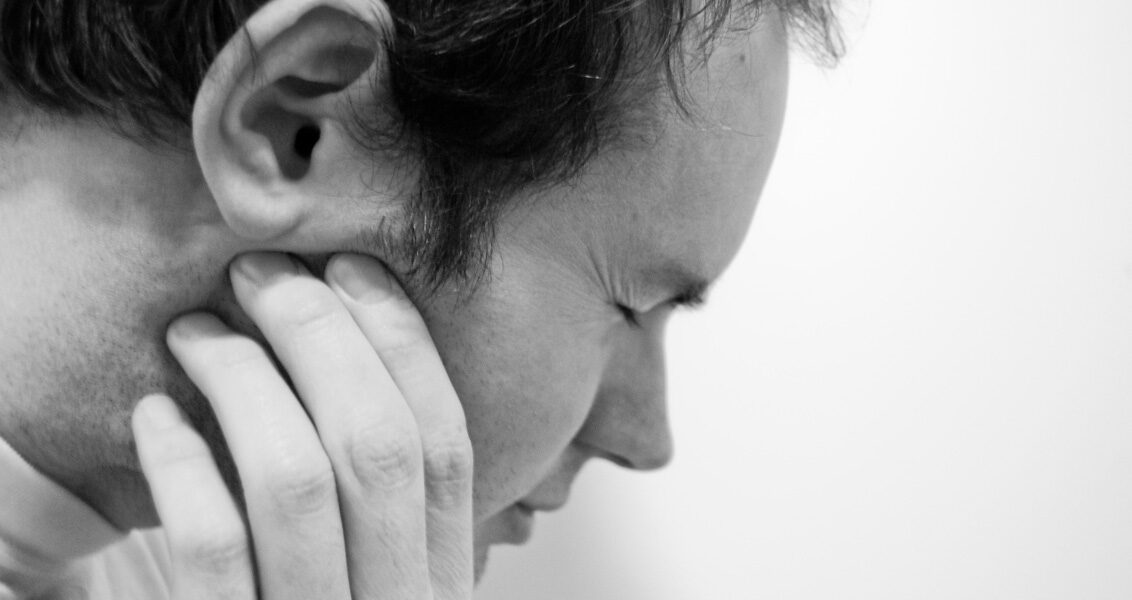
If you’re one of the more than 10 million Americans who have to deal with the jaw pain and stiffness, popping and locking (not like this), and headaches associated with TMD ( temporomandibular joint disorder), you’ve probably discussed treatment with your dentist. But if your symptoms are unrelated to your teeth alignment—and if you ever want to enjoy that In-N-Out 4×4 again—you should consider speaking with a physical therapist (PT).
While it might not be the first type of treatment that comes to mind, several studies prove that physical therapy can help TMD patients better manage their symptoms. According to a 2006 study published in CRANIO: The Journal of Craniomandibular & Sleep Practice, “…patients with TMD who are treated with a rehabilitation program including manual physical therapy interventions plus exercise…can demonstrate clinically meaningful improvements in disability and overall perceived change in a relatively short period of time.” So, what does that medical mumbo-jumbo mean for you? PT could enable you to eat an apple without first cutting it down to size. See, I knew you’d be interested.
At your first appointment, your physical therapist will need to review your medical history, including any previous head, neck, or jaw injuries. Then, he or she will perform a physical examination of your neck, jaw, and posture to see how your body moves and to determine your current range of motion. Once your PT has pinpointed the cause of your specific condition, he or she will create a treatment plan to reduce pain, increase range of motion, and improve jaw function.
As noted in a study published in the Journal of Orthopedic and Sports Physical Therapy, successful physical therapy treatment of patients with TMD involves four main focus areas:
- patient education
- posture education
- manual physical therapy
- therapeutic exercise
The “physical” part of physical therapy involves manual therapy techniques. Your physical therapist will manipulate your jaw with his or her hands to break up scar tissue, restore proper function and flexibility, and relieve pain. Additionally, he or she most likely will prescribe specific exercises to increase muscle strength in your jaw. Alas, these exercises won’t give you the chiseled jaw of Matt Bomer, but they will help you chew more naturally (which is almost as good, right?).
To help you maintain the improvements you achieve through physical therapy, your therapist will educate you on a variety of topics, including “a soft diet, teeth grinding, proper resting tongue position, and oral habits (for example, elimination of activities such as chewing gum).” He or she also will spend time on posture education—emphasizing “chin and scapula retraction”—as part of your TMD rehabilitation.
Now that you know how physical therapy can help you manage your TMD symptoms, it’s time to find a PT in your area. Not sure where to start? Check out our PT finder.


